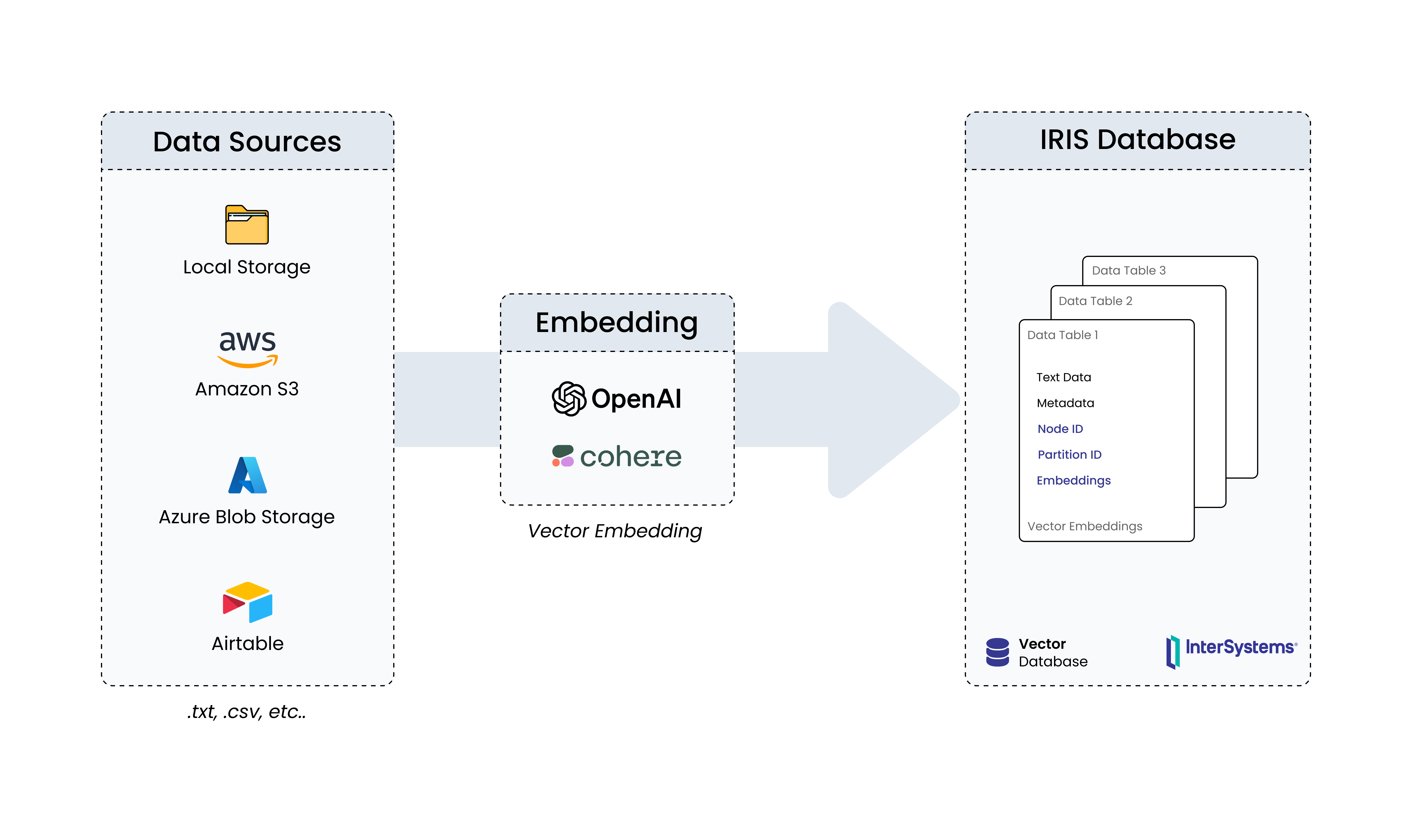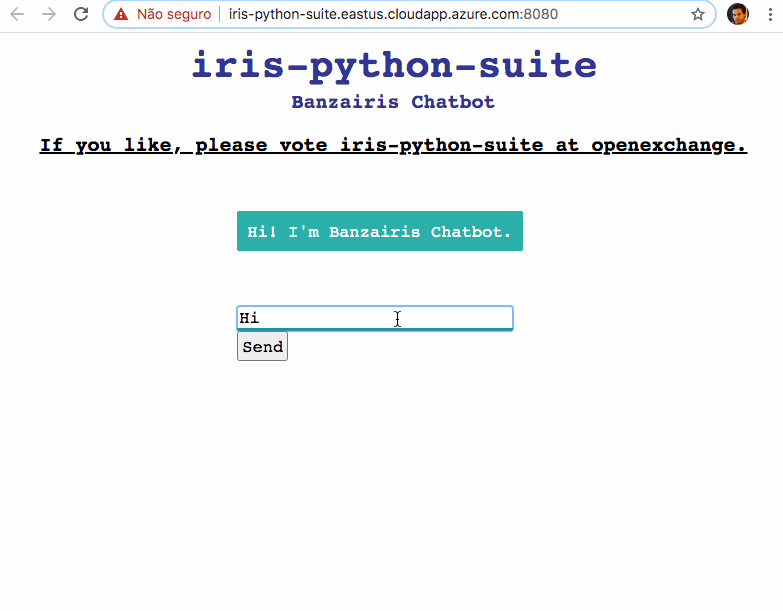RabbitMQ is a message broker that allows producers (those who send a data message) and consumers (those who receive a data message) to establish asynchronous, real-time, and high-performance massive data flows. RabbitMQ supports AMQP (Advanced Message Queuing Protocol), an open standard application layer protocol.
The main reasons to employ RabbitMQ include the following:
- You can improve the performance of the applications using an asynchronous approach.
- It lets you decouple and reduce dependencies between services, microservices, and applications with the help of a data message mediator, meaning that there is no need for producers and consumers of exchanged data to know each other.
- It allows the long-running processing of sent data (with the results) to be delivered after utilizing a response queue.
- It helps you migrate from monolithic to microservices, where microservices exchange data via Rabbit in a decoupled and asynchronous way.
- It offers reliability and resilience by making it possible for messages to be stored and forwarded. A message can be delivered multiple times until it is processed.
- Message queueing is the key to scaling your application. As the workload increases, you will only have to add more workers to handle the queues faster.
- It works well with data streaming applications.
- It is beneficial for IoT applications.
- It is a must for Bots’ communication.

.png)

.png)
.png)





